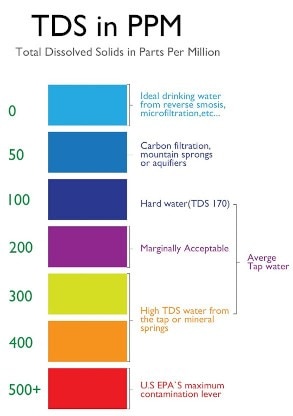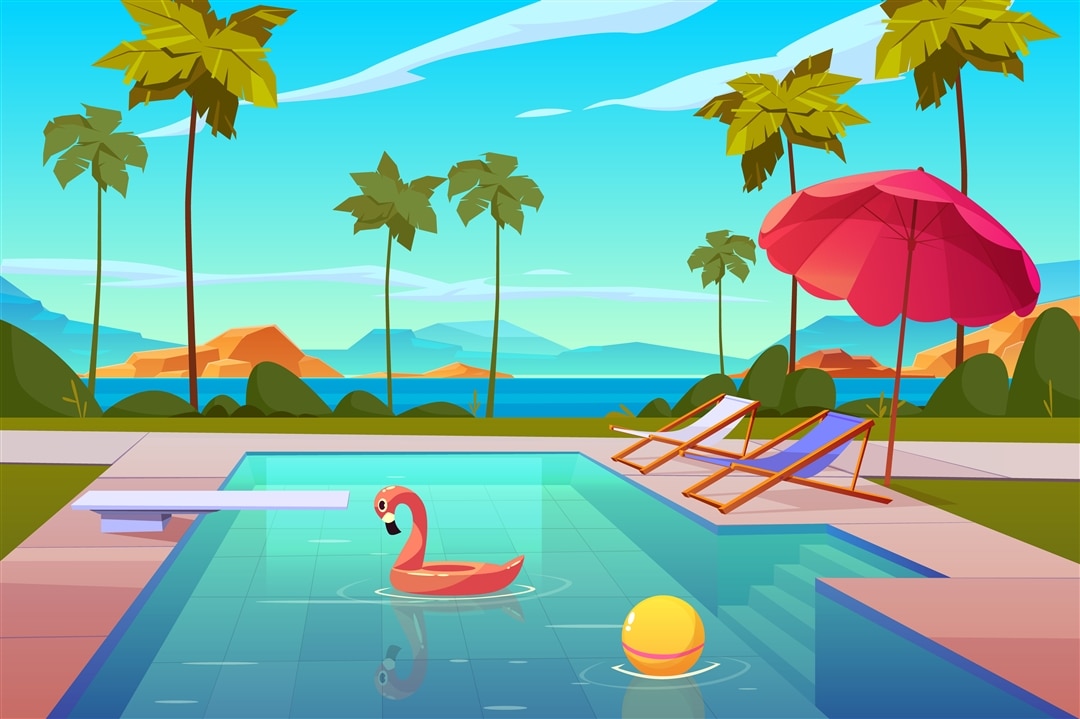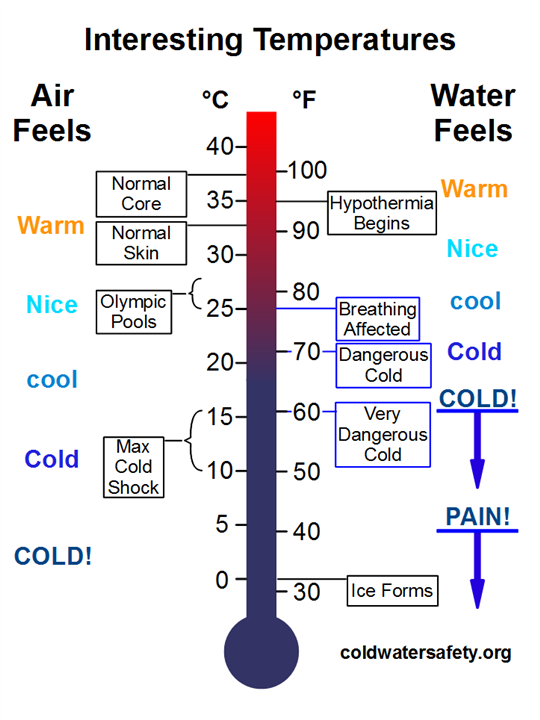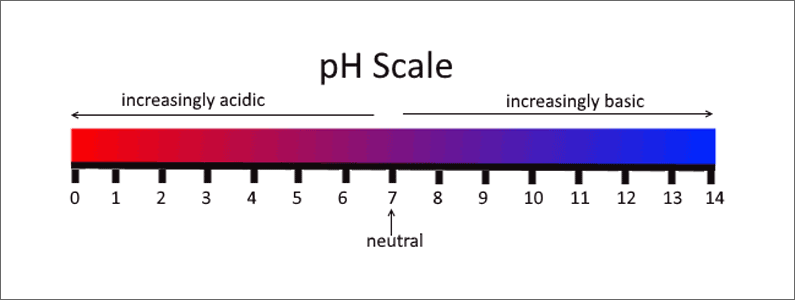
Hi all !
Hope everyone is safe and sound .
Today, we're going to discuss what values we're going to monitor, their safe values and meaning to us .
Saltwater swimming Pool
A swimming pool, whether fresh or salt water, has it's own ecosystem (much like a warm water aquarium), in which each chemical does it's part, so it's important to maintain a balance. Not only because of the machinery, but also, and the most important one, safety of the people who swim in it .
If bacteria are left unchecked, it can make one sick and the water can turn to green in no time (algae infestations). Chemical balance is very important.
A saltwater pool uses less chemicals, but still uses them.
A saltwater swimming pool uses a chlorine generator to create chlorine in the pool water directly, removing the need to add chlorine-based chemicals. It's continually produced, and the levels are kept low. How does this works ? The salt cell, uses the salt in the water to convert it to chlorine using a process called electrolysis.
The main values that we will measure are: Temperature, TDS and PH . They all contribute to a safer and pleasant experience while swimming.
Temperature
Cold water can kill a human in less than a minute. When someone hears or thinks about water at 10 ºC (50F), it doesn't sound cold, but we're mentally comparing it to 10ºC air - It's a big mistake .
Cold water can and will incapacitate a human in no time. In 60s one can lose the ability to use the hands, and the arms in minutes. It takes at least 30m for hypothermia to settle in an average adult. A fat person can delay this for hours - so, in cold water, size does mater.
For this project, I'm going to monitor the water temperature and be vigilant for temperatures below 15 ºC . The human body average temperature is 37.5ºC, unless the sun starts turning into a red giant (hopefully in a few billion years from now), I'm not going to care and everything above 25 ºC is a nice temperature. I will monitor it and register, but only alarms below 15ºC - like it is now, in Winter time.
Here's a chart from Cold Water Safety .org
TDS
The Total Dissolved Solids indicates how many milligrams of soluble solids are dissolved in one liter of water. In general, the higher the value, the more soluble solids are dissolved in water, and the less clean the water is.
The TDS value can be used as one reference point for reflecting the cleanliness of the water. This can be applied to domestic water, hydroponic and other fields of water quality testing and monitoring.
In saltwater pools - like this case - the salt chlorine generators require the ppm to be somewhere between 3000 and 3500. There's somewhat of a debate about this and the true question should be - at what level the TDS become a problem?.
The case has been made that the TDS itself is really not a problem, because the majority of it is just salts (sodium) and minerals.
The TDS baseline in a saltwater pool is [tap water TDS] + [3000 to 3500 ppm of salt]. We can add 1500 to the baseline and the new maximum can be as high as 5000 or 6000 ppm .
What substances contribute to TDS ?
It is dominated by salts and minerals (primarily sodium and calcium-based), but also chlorides, metals, ions and organics. Pretty much anything dissolved in water. Dissolved metals are usually the smallest contributor to TDS.

PH
PH is a measurement of how acidic or basic a substance is. The scale goes from 0-14. Below 7 is considered acidic and above is basic.
According to the WHO, the drinking water PH should be between 6.5 and 8.5 . For a swimming pool, the recommended PH is between 7.4 and 7.6 . When the PH of the water is between these values, all the other chemicals work best.
These are the values I'm going to aim for and set an alarm if the PH goes away from them.
A saltwater pool will have spikes on the PH level. Thus, impacting the efficacy of chlorine. Salt generators cause this, by producing sodium hydroxide.
By monitoring the PH level, we catch a possible problem and solve it before it becomes a much bigger issue.
Saltwater pools aren't really maintenance free, but less work to maintain and with less chemicals. Keeping an eye on the levels will make the job easier .
By no means this is all what we need to monitor and watch. The values here explained are just scratching the surface of the chemical properties, other instruments that are used to measure or possible problems and solutions .
References
https://how2electronics.com/tds-sensor-arduino-interfacing-water-quality-monitoring/
https://wiki.dfrobot.com/Gravity__Analog_TDS_Sensor___Meter_For_Arduino_SKU__SEN0244
https://blog.orendatech.com/understanding-total-dissolved-solids-tds
http://www.coldwatersafety.org/WhatIsCold.html
https://h2opoolservice.com/why-does-my-salt-water-pool-have-a-high-ph/
https://www.poolspanews.com/how-to/maintenance/solving-the-saltwater-ph-problem_o



